Table of contents
Bedtime stories for kindergartners are more than just simple tales read before sleep—they are tiny seeds of imagination planted in young minds. These stories help children relax, learn, grow, and enter a world where anything is possible. Whether families read together or teachers introduce gentle tales during rest time, bedtime stories play a big role in shaping how children think, feel, and dream. In this article, we’ll explore short and sweet bedtime stories for kindergartners to enjoy every night, why these stories are so important, and how parents and caregivers can choose the best ones.
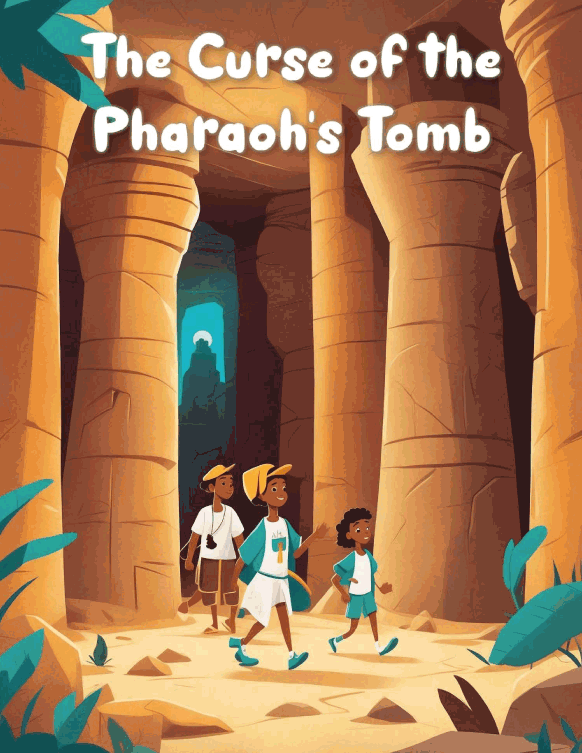
Why Bedtime Stories for Kindergartners Matter
Reading bedtime stories for kindergartners is more than a calming routine—it is a valuable bonding experience and a powerful learning tool. At this age, children are developing curiosity about words, emotions, and the world around them. The stories they hear help shape language skills, emotional understanding, creativity, and even early problem-solving abilities.
Key Benefits of Bedtime Stories for Kindergartners
- Build vocabulary and early literacy skills
- Strengthen emotional awareness through characters and stories
- Encourage imagination and creativity
- Improve listening skills and focus
- Create comforting routines that support healthy sleep
- Spark curiosity about everyday life, nature, friendship, and more
These benefits show why choosing the right bedtime stories for kindergartners can make nightly reading both enjoyable and meaningful.
What Makes a Story “Short and Sweet”?
Short and sweet bedtime stories for kindergartners share three important qualities: simplicity, warmth, and rhythm. These types of stories are perfect for young listeners because they are easy to follow and leave children feeling safe and happy as they drift off to sleep.
Elements of the Best Short and Sweet Stories
- Clear and simple plots
- Gentle themes, such as friendship, kindness, or bravery
- Characters children can relate to
- Soft rhythm, rhyme, or repetition
- A calm, satisfying ending
Because kindergartners respond especially well to predictability and gentle storytelling, these stories make bedtime smoother and more enjoyable.
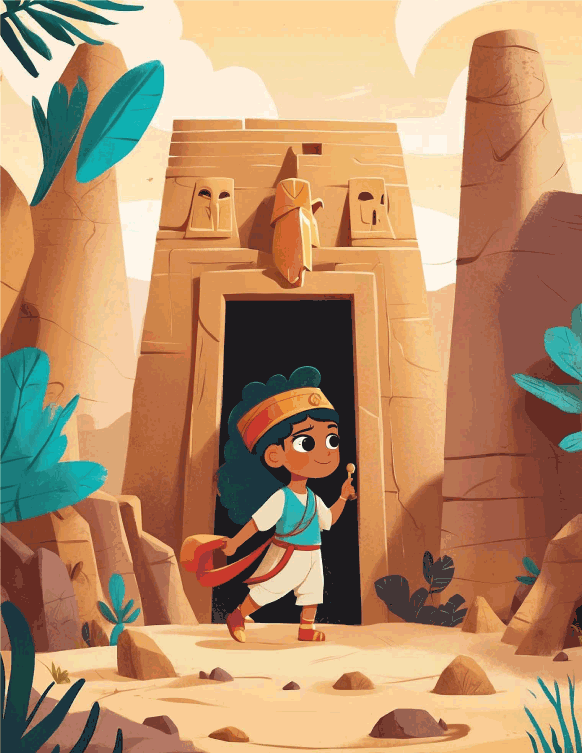
Choosing the Best Bedtime Stories for Kindergartners
When selecting bedtime stories for kindergartners, it’s helpful to look for tales that match their growing interests and emotions. Some children prefer magical tales, while others enjoy stories about animals, friendship, or simple everyday adventures. No matter the preference, the goal is to pick stories that support both learning and comfort.
What to Look For
- Age-appropriate language
- Positive messages
- Fun but calming themes
- Stories that spark discussion
- Illustrations that enhance understanding
Parents and educators reading bedtime stories for kindergartners should also consider stories that allow children to ask questions, predict what might happen next, or talk about their own feelings.
10 Short and Sweet Bedtime Story Themes Kindergartners Love
Below are story themes that consistently delight young listeners. Each of these themes is perfect for creating short and sweet bedtime stories for kindergartners every night.
1. Gentle Animal Adventures
Animals are always a favorite. Stories about kind, playful animals help kids connect with nature and understand different emotions.
Examples of animal-themed bedtime stories for kindergartners:
- A sleepy bunny searching for the perfect bedtime spot
- A curious kitten exploring a quiet nighttime garden
- A friendly squirrel learning to share with forest friends
2. Magical Bedtime Journeys
These stories introduce soft magic and wonder without being too scary or overwhelming.
Themes include:
- A child who rides a star to the moon
- A tiny fairy who sprinkles sleepy sparkles
- A magical blanket that carries children to dreamland
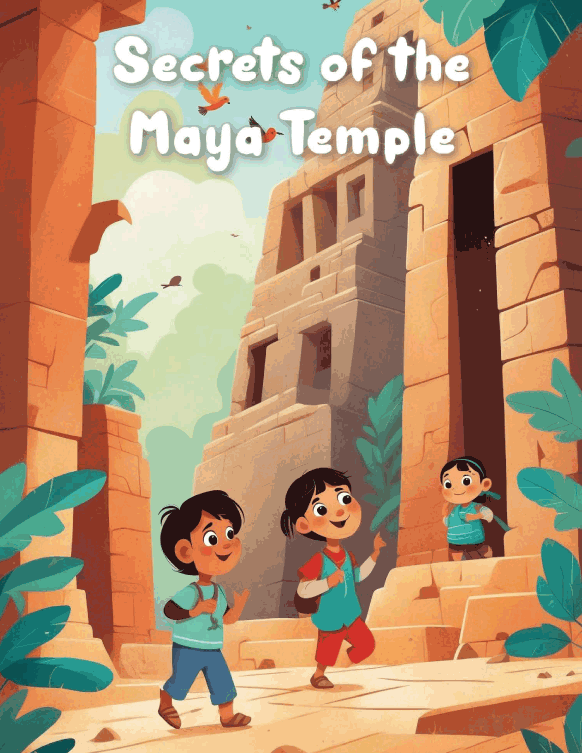
3. Friendship and Kindness Tales
Bedtime stories for kindergartners often center around friendship because children learn social skills through relatable characters.
Possible storylines:
- Two friends solving small misunderstandings
- A shy character learning to make a new friend
- Acts of kindness between classmates or animals
4. Calming Nature Stories
Nature-themed bedtime stories for kindergartners help children feel peaceful and connected to the world.
Examples:
- A river whispering gentle nighttime songs
- A family of fireflies glowing softly in the forest
- A calm rainstorm bringing comfort and rest
5. Everyday Life Adventures
Simple stories based on normal routines help children feel seen and understood.
Ideas include:
- A child preparing for school
- Learning to tie shoes
- Helping family members with small tasks
These tales reinforce confidence and independence.
6. Silly and Sweet Bedtime Laughs
A little humor can make bedtime routines more fun while still keeping things calm.
Story ideas:
- A giggly monster who can’t stop yawning
- A talking pillow giving silly sleep advice
- Pajamas that “magically” help kids fall asleep
7. Stories About Emotions
Bedtime stories for kindergartners often explore emotions in a simple, healthy way.
Helpful emotional themes:
- Understanding sadness or disappointment
- Overcoming fear with bravery
- Feeling proud after trying something new
8. Classic Fairy-Tale-Style Stories
Shortened, gentle fairy-tale formats work well for young children, offering magic without intensity.
Examples:
- A mini prince or princess helping a friend
- A tiny dragon with a big, kind heart
- A magical forest where everything is friendly
9. Positive Sleep-Themed Stories
Stories about bedtime itself help kids feel more comfortable with their own routines.
Ideas include:
- A moon telling bedtime secrets
- Stars singing a lullaby
- Toys settling down for the night
10. Problem-Solving Stories
These help kids build early thinking skills.
Examples:
- A puzzle a character must solve
- A simple challenge like finding a lost item
- Learning how to work with others
Tips for Making Bedtime Stories Even More Enjoyable
Even the best bedtime stories for kindergartners become more meaningful when delivered with care. Here are ways to create memorable nightly routines:
1. Read with Expression
Use soft, warm tones as the story winds down. Change your voice slightly for characters to keep kids engaged.
2. Create a Calm Space
Dim lights, cozy blankets, and quiet surroundings help children focus and relax.
3. Encourage Interaction
Pause to ask simple questions like:
- “What do you think will happen next?”
- “How do you think the character feels?”
This builds comprehension skills.
4. Let Children Choose Stories
Giving them a role in story selection builds excitement and independence.
5. Keep a Consistent Routine
Predictable bedtime routines help children transition smoothly from playtime to rest.
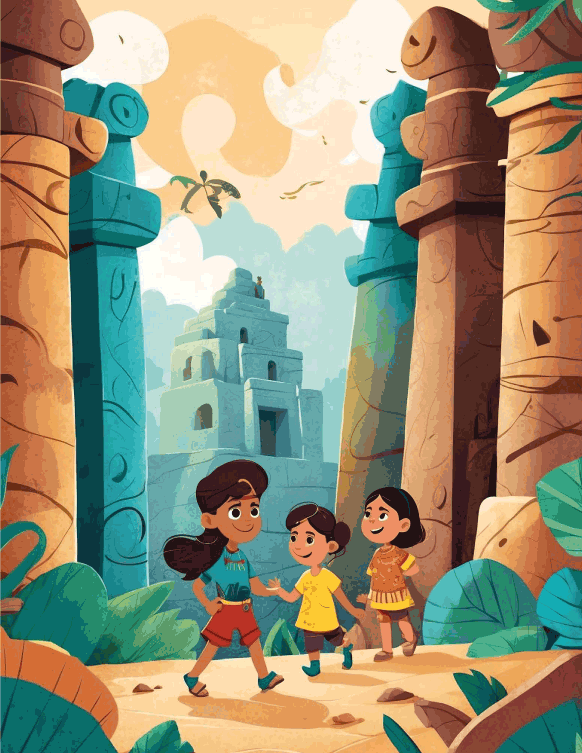
Examples of Short and Sweet Bedtime Stories for Kindergartners
Below are three original mini-stories that demonstrate how simple and meaningful bedtime stories for kindergartners can be.
Story 1: The Sleepy Firefly
Lila the firefly loved glowing brightly, but tonight her light felt soft and warm. She fluttered to her friends and whispered, “I think I’m ready for a cozy sleep.”
Her friends followed her, each glow getting dimmer as they floated toward their favourite leaf. Together, they blinked a final goodnight sparkle and drifted into quiet dreams.
Story 2: The Little Cloud’s Lullaby
A tiny cloud named Poppy floated across the sky humming gently. She wanted everyone below to sleep peacefully. Whenever she passed over a home, she released the softest, fluffiest breeze.
Children snuggled into blankets, listening to the whispering wind. Poppy smiled and drifted on, singing her lullaby to every child ready for dreams.
Story 3: Benny’s Brave Night
Benny the bear cub wasn’t sure about sleeping alone in his cave for the first time. But when he remembered the stories Mama Bear told him, he felt braver.
He whispered, “I am strong, I am safe,” and curled up on his soft moss bed. Soon, Benny dreamed of gentle forests and warm sunshine.
Supporting Emotional Growth Through Bedtime Stories
Bedtime stories for kindergartners help children understand emotions in healthy, supportive ways. Through characters who face challenges, children learn how to deal with their own feelings. These stories model empathy, patience, cooperation, and encouragement.
When a child hears about another character feeling shy, worried, or excited, they develop emotional vocabulary and learn how to communicate their own thoughts better.
The Power of Rhythm and Repetition
One of the reasons bedtime stories for kindergartners are so effective is their use of rhythm, rhyme, and repetition. These features help children predict what comes next and stay focused. Many classic early childhood stories use this pattern to build comfort and familiarity.
Rhythm and repetition also support:
- Memory development
- Language learning
- Emotional regulation
- Story comprehension
Using rhythmic stories during bedtime helps children settle into a calming pattern that signals it’s time for sleep.
A Happy Story for Kindergarten Kids: The Giggle Garden Mystery
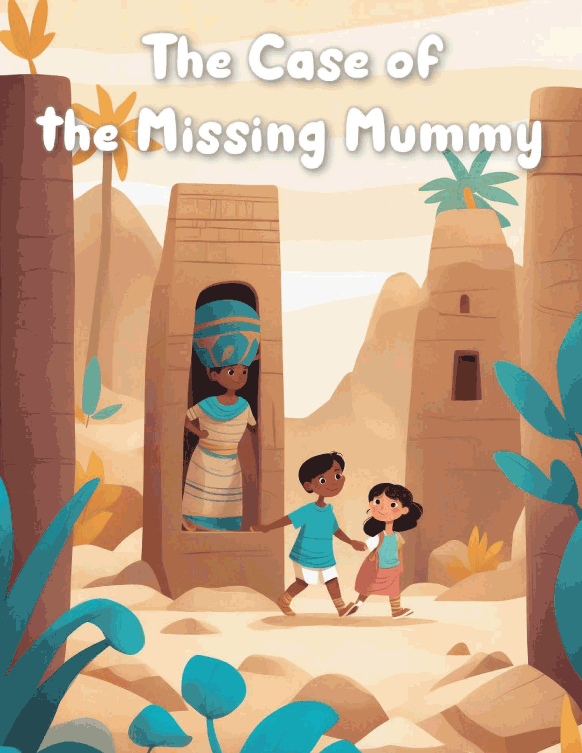
Encouraging a Love of Reading Early
When families read bedtime stories for kindergartners regularly, they help children develop a positive connection with books. This early love for reading increases confidence in school and supports lifelong literacy skills.
A strong reading foundation begins with something as simple as sharing a story every night.
Conclusion:
Short and sweet bedtime stories for kindergartners hold the power to transform bedtime into a peaceful ritual filled with imagination, love, and connection. Whether the stories involve animals, gentle magic, or everyday adventures, each tale helps children learn, feel secure, and drift into comforting dreams. By choosing high-quality bedtime stories for kindergartners and creating a warm reading environment, caregivers can give children a nightly experience that supports growth, strengthens bonds, and brings joy to the end of each day.
🌟 Here are 5 wonderful illustrated stories your child will love! 🌟